Hi Viru,
Still you did't get the point. Let me explain once again.
You do only consider LED lights as it is coming from a small point source, that is why you feel difficulty in understanding. But what about the LED lights which spreads very well?
Viru, It need not to be a point source. Even if those LED light spreads better than our traditional incandescent bulbs still it is considered to be harmful, why????because it produces high levels of radiation in the blueband of the light spectrum.
Consider a 1watt 100lumens of LED light emitting from a small source of surface area and a 1watt 100lumens of LED light emitting from a 10cm sq surface area.
Here according to you the 2nd led with 10cm sq surface area of source is not going to cause any harm since it is not from a point source and its intensity is less comparing to the other, isn't it? What I'm saying is in the case of LED, irrespective of its 'light source surface area' it is going to harm our eyes since it produces high levels of radiation. NOt just the LEDs, any light source with high intensity of light is harmful for our eyes. Eg:- SPOTLIGHTS using filament bulbs or fluorescent bulbs or HID. Looking in to the Spotlights are also going to harm our eyes.
I will give you some examples for getting better idea.
Consider our electronic devices with LED displays. For example Laptop/desktop screens, Mobile screen etc.
Do you think the light coming from these displays are just like the lights coming from a normal 5 or 8mm LED panel???? definitely not isn't it.? Because light coming from the LED display spreads much better than those 5 or 8mm LEDs. Then why LED screens are said to be harmful? Why LED screens are said to be more harmful for eyes than those LCD screens with the 'same amount of brightness'? because of the same reason, LED produces high levels of radiation in the blueband of the light spectrum.
So here the matter is not about amount for light that comes from the led or the surface area(Yes, they do matters, But here in the case of LED this is not the actual problem, its the radiation). or else the LCD displays with same amount of brightness should also harm our eyes just like the LED displays do. But LEDs displays are said to be more harmful.
I request you to read those lines written in bold if you are still confused.
Cheers.
Still you did't get the point. Let me explain once again.
You do only consider LED lights as it is coming from a small point source, that is why you feel difficulty in understanding. But what about the LED lights which spreads very well?
Viru, It need not to be a point source. Even if those LED light spreads better than our traditional incandescent bulbs still it is considered to be harmful, why????because it produces high levels of radiation in the blueband of the light spectrum.
Consider a 1watt 100lumens of LED light emitting from a small source of surface area and a 1watt 100lumens of LED light emitting from a 10cm sq surface area.
Here according to you the 2nd led with 10cm sq surface area of source is not going to cause any harm since it is not from a point source and its intensity is less comparing to the other, isn't it? What I'm saying is in the case of LED, irrespective of its 'light source surface area' it is going to harm our eyes since it produces high levels of radiation. NOt just the LEDs, any light source with high intensity of light is harmful for our eyes. Eg:- SPOTLIGHTS using filament bulbs or fluorescent bulbs or HID. Looking in to the Spotlights are also going to harm our eyes.
I will give you some examples for getting better idea.
Consider our electronic devices with LED displays. For example Laptop/desktop screens, Mobile screen etc.
Do you think the light coming from these displays are just like the lights coming from a normal 5 or 8mm LED panel???? definitely not isn't it.? Because light coming from the LED display spreads much better than those 5 or 8mm LEDs. Then why LED screens are said to be harmful? Why LED screens are said to be more harmful for eyes than those LCD screens with the 'same amount of brightness'? because of the same reason, LED produces high levels of radiation in the blueband of the light spectrum.
So here the matter is not about amount for light that comes from the led or the surface area(Yes, they do matters, But here in the case of LED this is not the actual problem, its the radiation). or else the LCD displays with same amount of brightness should also harm our eyes just like the LED displays do. But LEDs displays are said to be more harmful.
I request you to read those lines written in bold if you are still confused.
Cheers.
Also, the LED displays used for consumer electronics do not use bare LEDs. These simply use LED backlights instead of CCFL ones, and the layer of liquid crystals over them is retained. The phosphor coating of the LEDs in this application cuts out UV frequencies, so that does not pose a threat. It is possible that viewing LED displays can be strenuous due to the more sharp contrast and vivid colour, but this has nothing to do with radiation.


![Clap [clap] [clap]](https://www.theautomotiveindia.com/forums/images/smilies/Clap.gif)
![Wink [;)] [;)]](https://www.theautomotiveindia.com/forums/images/smilies/Wink.gif)
![Roll Eyes [roll] [roll]](https://www.theautomotiveindia.com/forums/images/smilies/Roll.gif)

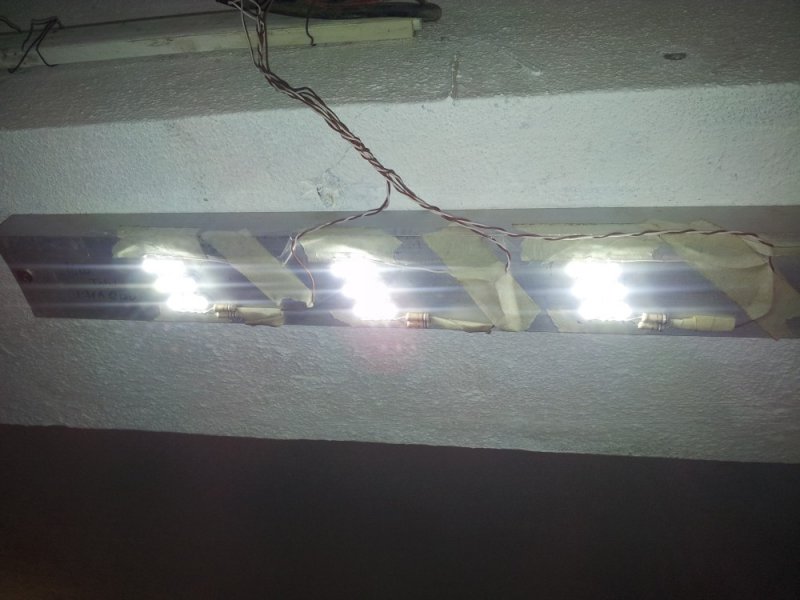

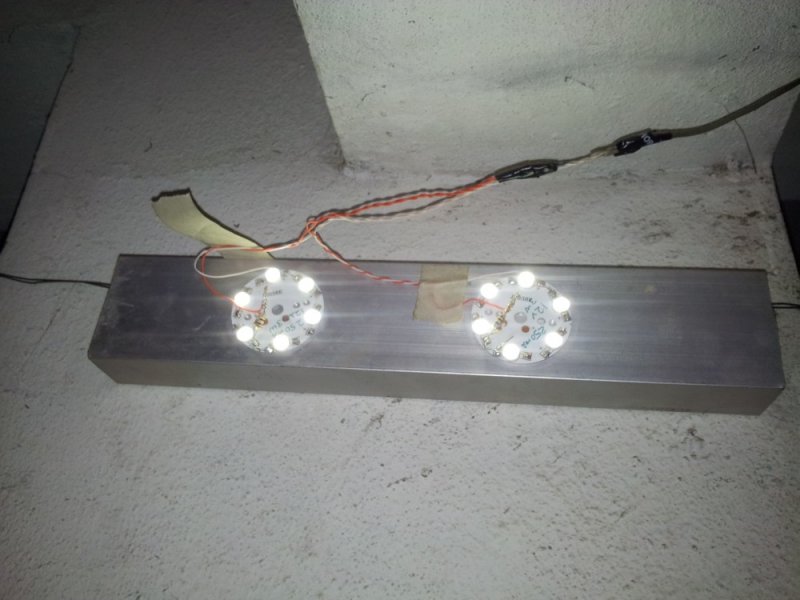

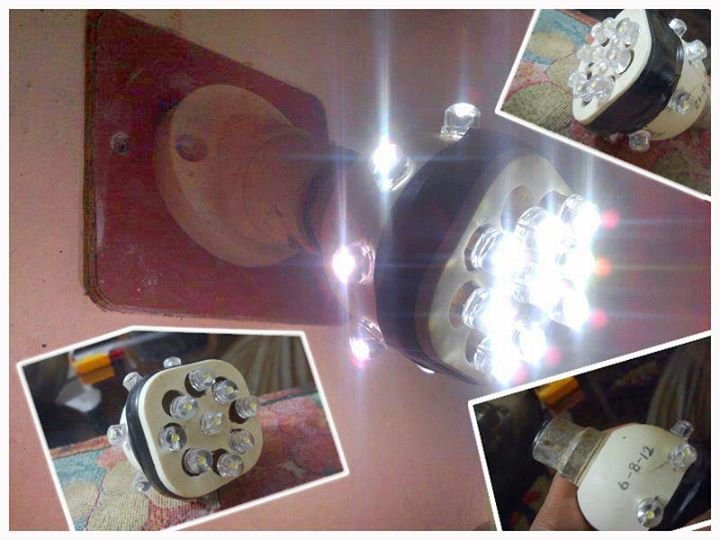
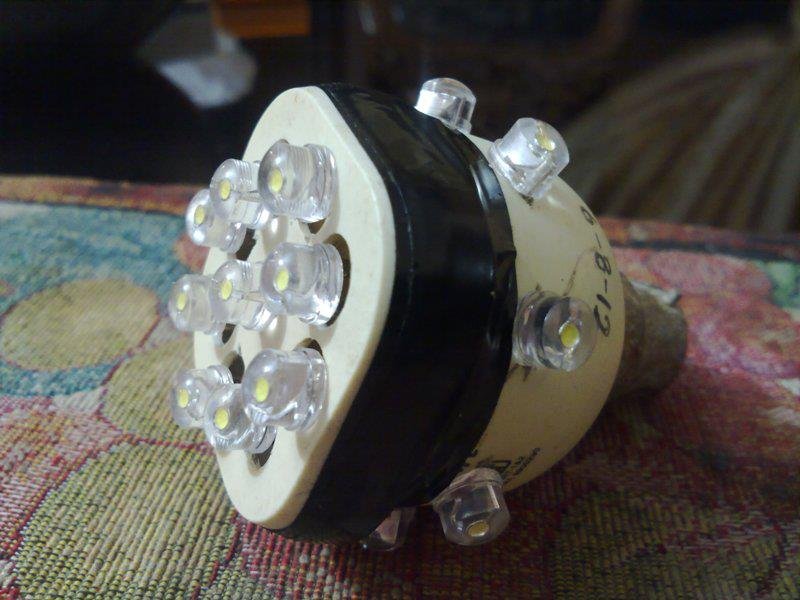
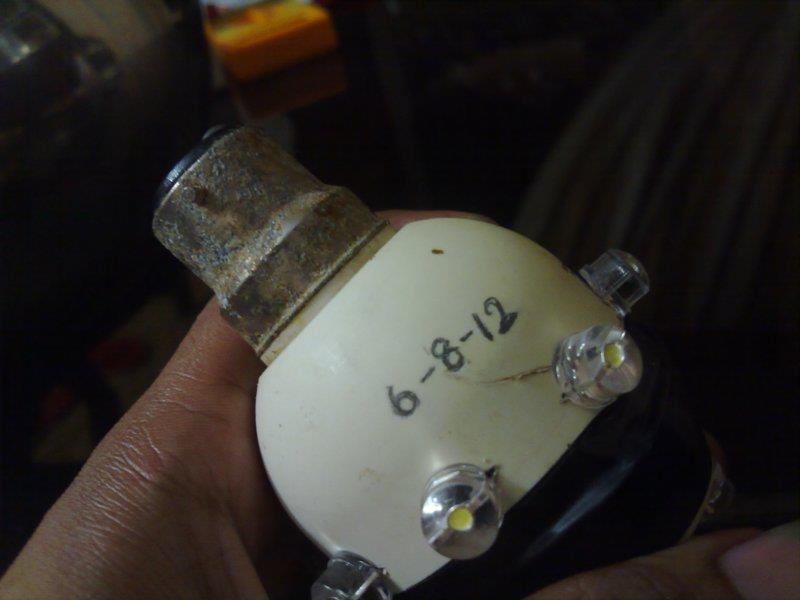
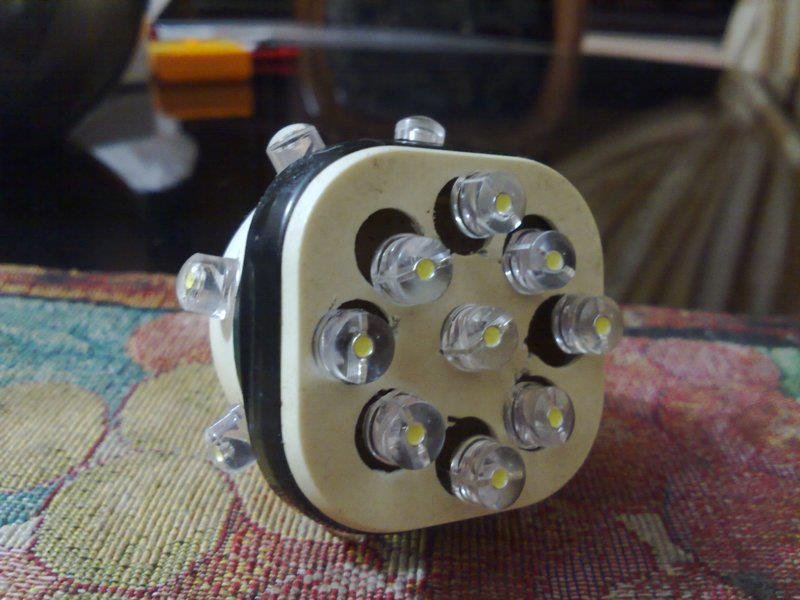
![Smile [:)] [:)]](https://www.theautomotiveindia.com/forums/images/smilies/Smile.gif) Yea, that is the reason why I said earlier that your DIYs are really inspiring.
Yea, that is the reason why I said earlier that your DIYs are really inspiring. 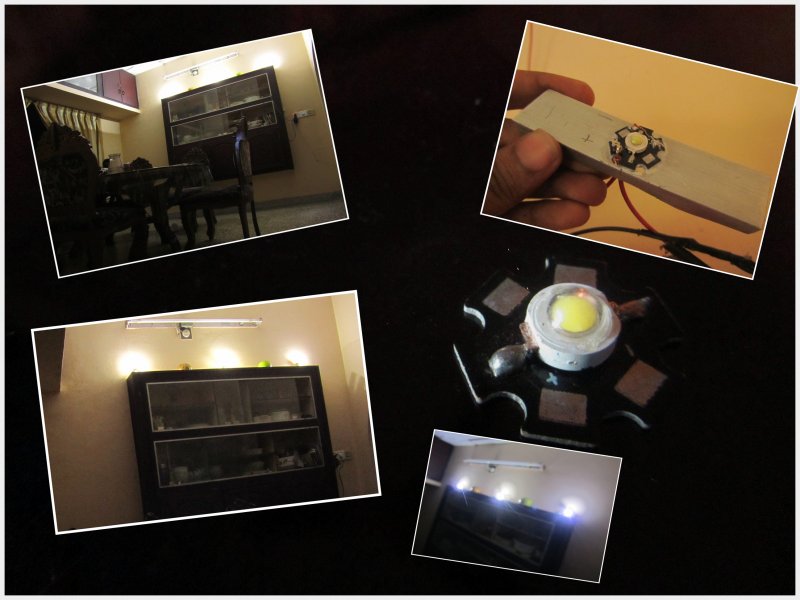
![Confused [confused] [confused]](https://www.theautomotiveindia.com/forums/images/smilies/Confused.gif)
![Frustration [frustration] [frustration]](https://www.theautomotiveindia.com/forums/images/smilies/Frustration.gif)
![Surprise [surprise] [surprise]](https://www.theautomotiveindia.com/forums/images/smilies/Surprise.gif) .
.![Laugh [lol] [lol]](https://www.theautomotiveindia.com/forums/images/smilies/Laugh.gif)
![Glasses [glasses] [glasses]](https://www.theautomotiveindia.com/forums/images/smilies/Glasses.gif)